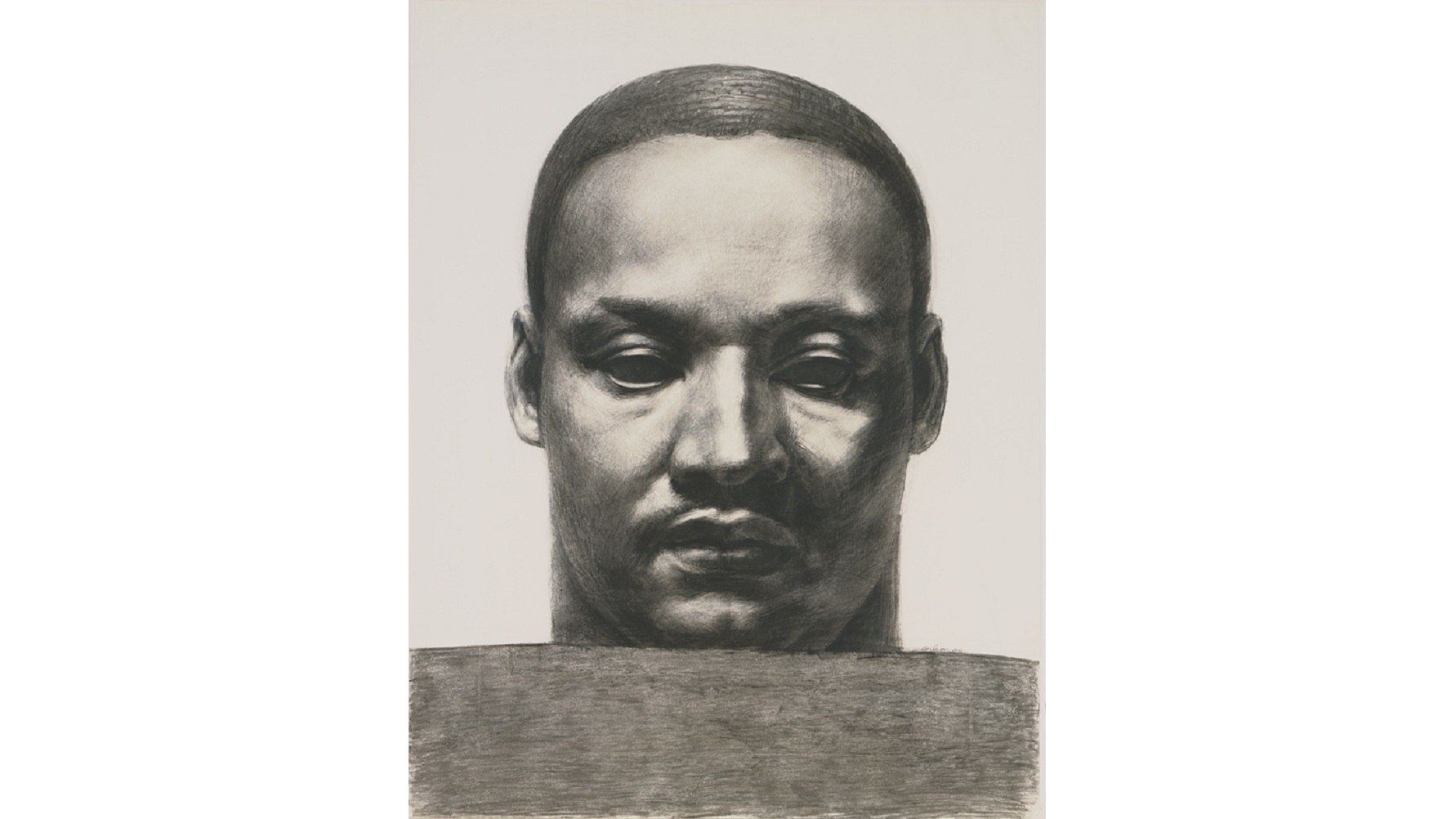A new study shows that the American school tradition of scheduling lunch before recess may be putting more fruits and veggies in the trash. Researchers have found swapping the order will reduce the waste of healthy foods.
All Articles
A recent survey conducted by the Oklahoma State University Department of Agricultural Economics found that the percentage of Americans who support labels on foods containing GMOs also support labels on food containing DNA.
The discovery of the lost Beagle 2 spacecraft demonstrates just how close European space authorities were to success when it touched down Christmas Day, 2003.
In 1933, the temperature in the Siberian village of Oymyakon reached a balmy -90ºF/-67ºC, making it the planet’s coldest place. About 500 residents call the village home today.
The field of bioarchaeology is concerned with investigating skeletal remains to learn how people in from the past lived (as opposed to how they died).
When teams of professionals are composed of more women, share ideas in equal part, and are emotionally perceptive, they make better decisions and find better solutions to problems.
There are pills and surgeries that are all vying for consumers’ attentions as the weight loss solution, and one more is about to become available to Americans looking for a way out from their obesity.
Last year was the hottest on record for every place in the world, except two: a small part of Antarctica and the Northeast United States.
How a funny idea to ship your enemies glitter turned into an empire. “There is a concept that is the corrupter and destroyer of all others. I speak not of […]
A recent study that has found sleep can be a predictor of future behavior in teens. Those that have a particularly troublesome time dozing off are more likely to develop alcohol and drug problems.
Over two dozen veterans and active military personnel commit suicide every day. Countless more suffer from PTSD. One ex-Army officer explains that the secret to treating mental trauma is to employ combat veterans in psychiatric roles.
The Sun is made almost entirely out of hydrogen and helium; the Earth has hardly any of either. How’d that happen? “The single most powerful element of youth is our […]
The nation’s largest gathering of transportation thinkers, the National Academies’ Transportation Research Board, was just held in Washington, DC. A nascent topic, that was discussed more in the hallways, than […]
The Consumer Electronics Show is over, but the enduring story of how wearables will be a part of everyday life persists. Just a month ago was the Indiegogo campaign to […]
“Unplugging digitally” was a top 3 New Year’s resolution this year as thousands seek to distance themselves from their devices. A new study suggests gadgetry isn’t as stress-inducing as we think.
Concerned that extreme advances in artificial intelligence could endanger humanity, Elon Musk has donated ten million dollars this week to safeguard humans from an “intelligence explosion.”
“Every book, remember, is dead until a reader activates it by reading. Every time that you read you are walking among the dead, and, if you are listening, you just might hear prophecies.”
According to a story doing the rounds on social media, organ transplant patients can take on the personalities of their donors. Don’t believe the hype.
Real estate entrepreneur Barbara Corcoran took to LinkedIn this week to offer advice on how to reinvent yourself professionally.
Smartphone software that anticipates what you want to type to a friend, colleague, or spouse, may make you less intentioned in your communication.
How you empathize with a stranger all depends on how stressed you are in that moment. A recent study shows that stress hormones have the power to “veto” our empathic abilities.
A new site launched this week serves as a platform for writers to share their plays and readers to discover exciting new works.
Angry drivers hate aggressive bicyclists but biking with confidence may the best way to stay safe on city streets.
Professional athletes need to be fit mentally just as much as physically. That’s the philosophy espoused by the new Los Angeles Dodgers front office.
“We live in a culture in which intelligence is denied relevance altogether, in a search for radical innocence, or is defended as an instrument of authority and repression. In my view, the only intelligence worth defending is critical, dialectical, skeptical, desimplifying.”
Author and entrepreneur Andrew Keen recently visited Big Think to discuss his new book “The Internet is Not the Answer,” which explores the negative effects of Silicon Valley innovations on society.
The Novice Art Blogger is a bot programmed with deep learning algorithms that attempts to make sense of pieces of art by explaining what it sees.
The authors of a new study argue that the added sugar in flavored milk is a small price to pay when considering the importance of calcium and vitamin D for childhood development.
When the Philadelphia Museum of Art purchased Henry Ossawa Tanner’s painting The Annunciation in 1899, they became the first American museum to acquire a work by an African-American artist. That purchase announced a new era of recognition of African-American art and artists just as much as the painting itself announced a new style of art moving away from stereotypical “black” scenes towards a freedom of aesthetic choice. Persons of color could express themselves in any way, even abstraction, but faced the new problem of remaining true to themselves at the same time. The new exhibition Represent: 200 Years of African American Art and accompanying catalogue show how these artists faced the challenges posed to them by art and society and provide all of us with a fascinating guide to facing African-American history—tragic, tenacious, transcendent—through its art.
Spin a roulette wheel a million times, and you’ll see a fairly even split between black and red. But spin it a few dozen times, and there might be “streaks” of one or the other. The gambler’s fallacy leads bettors to believe that they odds are better if they bet against the streak. But the wheel has no memory of previous spins; for each round, leaving aside those pesky green zeroes, the odds for each color are always going to be 50-50.



























